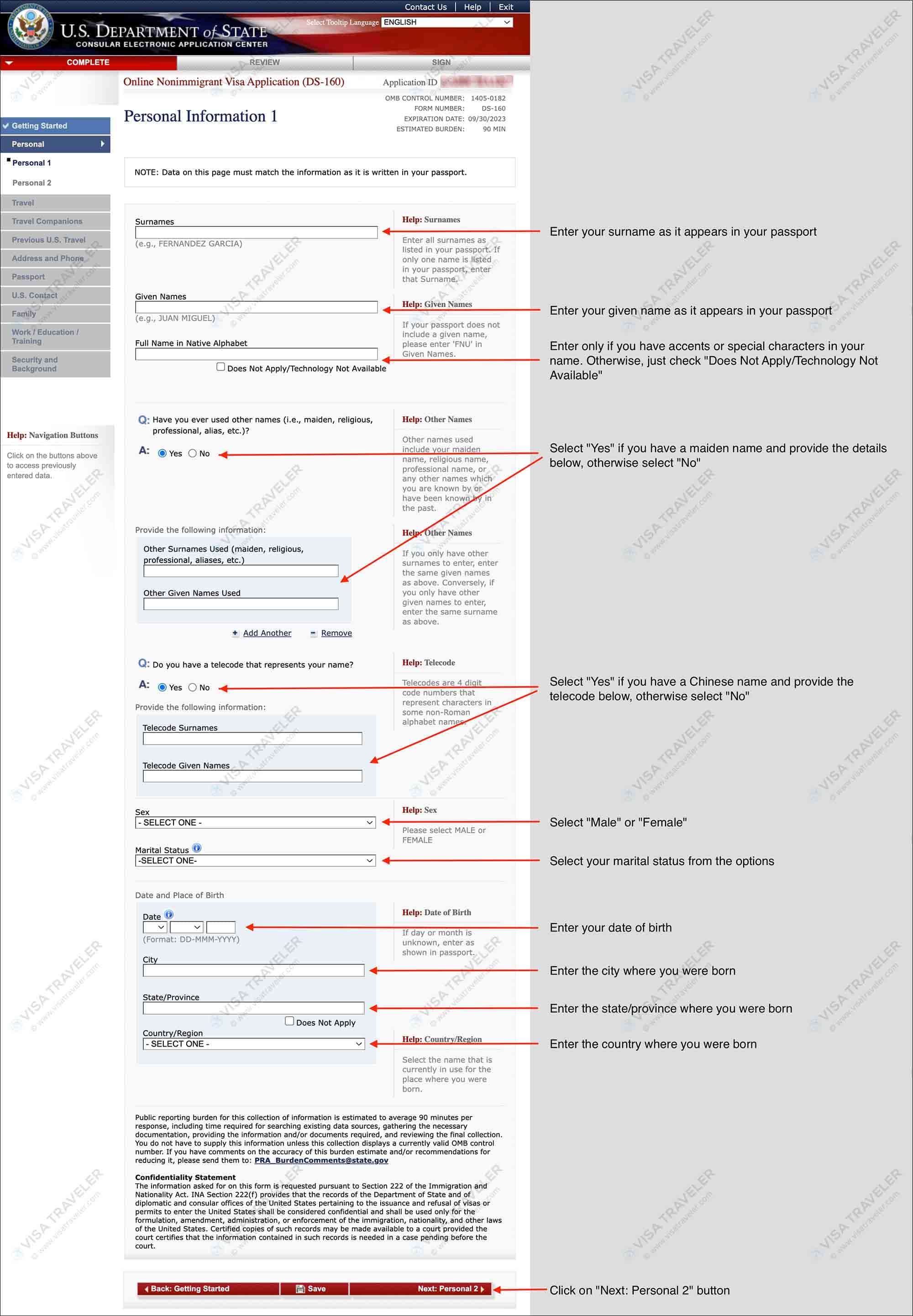In today's rapidly evolving digital landscape, businesses are constantly seeking innovative solutions to enhance security and streamline operations. One such solution that has been gaining traction is Telecode technology. This article delves into what Telecode is, its significance for businesses, and how it can be effectively integrated into various systems to bolster security measures.
Unveiling Telecode provides a comprehensive overview of its functionalities and applications. As we explore the intricacies of this technology, you'll discover why it matters for your business and how it can offer a competitive edge in safeguarding sensitive information. Let's delve deeper into the world of Telecode and understand its potential impact on modern business operations.
Embrace Enhanced Security with Telecode
Telecode technology represents a significant advancement in securing online transactions and personal data. By utilizing unique numeric codes, Telecode ensures that only authorized individuals can access specific services or accounts. This method not only enhances security but also simplifies the authentication process for users.
For instance, OTP Bank offers Telecode services both in-person at branches and through automated telephone services. Customers who haven't provided a phone number for identification can still set up their internet security codes easily. This flexibility makes Telecode an indispensable tool for maintaining secure communications while accommodating diverse user preferences.
Beyond banking, Telecode finds application in various sectors, including immigration processes. The Form DS-160 Questions & Answers document highlights how Telecodes function as four-digit code numbers representing characters in non-Roman alphabet names. Such usage underscores the versatility of Telecode in addressing complex identification challenges across different industries.
Understanding Telecode Functionality
At its core, Telecode operates similarly to a Personal Identification Number (PIN), serving as a crucial component of internet banking security protocols. Typically ranging from four to seven digits, these codes play a pivotal role in authenticating user identities during online transactions. Banks like ANZ emphasize the importance of obtaining and using Telecodes correctly to ensure seamless and secure access to internet banking services.
Users often receive their initial Telecode via traditional phone banking methods. Once activated, they can utilize it across multiple platforms, enhancing convenience without compromising security. This dual functionality—combining ease of use with robust protection—makes Telecode an attractive option for financial institutions aiming to improve customer satisfaction while maintaining stringent security standards.
Moreover, integrating Telecode into existing systems requires minimal adjustments, making it an accessible solution for businesses looking to upgrade their cybersecurity infrastructure. Its adaptability allows organizations to implement enhanced security measures without disrupting current workflows or requiring extensive retraining of staff.
Applications Beyond Banking: Telecode in Media Production
While primarily associated with financial services, Telecode extends its utility into creative fields such as media production. In software like Cubase, users employ Telecode-like techniques to manage audio tracks efficiently. For example, printing mixes to stereo audio tracks mimics the real-time recording process used in Pro Tools, offering distinct advantages over conventional export methods.
This approach enables producers to capture dynamic performances accurately, preserving nuances that might otherwise be lost during standard file exports. By leveraging Telecode principles within digital audio workstations, professionals achieve greater control over their projects, ensuring high-quality outputs tailored to specific requirements.
Furthermore, adopting similar methodologies fosters collaboration among team members by streamlining workflow processes. Artists and engineers alike benefit from enhanced productivity when working under unified guidelines informed by Telecode practices, ultimately elevating overall project quality.
Securing Identity Through Telecode
When completing official documentation like the DS-160 form, applicants may encounter questions regarding telecodes representing their names. Responding appropriately necessitates understanding what constitutes a valid telecode and how it relates to individual identity verification procedures. Selecting Yes prompts entry of corresponding surname and given name telecodes into designated fields, reinforcing accuracy throughout submission processes.
These numerical representations serve as reliable identifiers, facilitating efficient processing of visa applications worldwide. Proper utilization of telecodes minimizes errors and accelerates approval timelines, benefiting both applicants and administrative bodies involved in handling large volumes of paperwork daily.
As reliance on digital systems grows, incorporating secure yet straightforward mechanisms like telecoding becomes increasingly vital. Businesses must stay informed about best practices surrounding telecode implementation to protect valuable assets while fostering trust among clientele dependent upon reliable service delivery.

